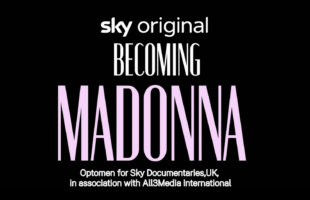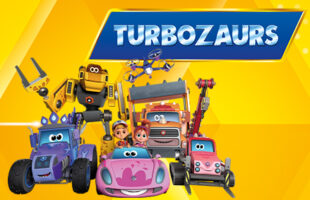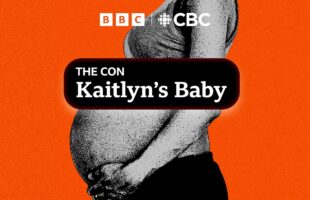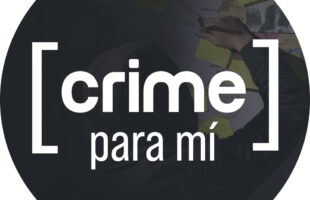Lorient, France − Envivio, Images & Réseaux, Orange, SeaEvents, TDF, Technicolor and Thomson Video Networks put their talents together to televise the French leg of the Volvo Ocean Race in Lorient to the general public and professionals in ultra high definition high dynamic range (HDR) video and 3D audio. This test of image quality from capture to distribution allows these Breton players to remain at the forefront of innovation.
This world premiere of an offline UHD HDR broadcast at 50 frames per second on existing networks is visible at the race village in Lorient, in the Brittany region of France. It relies on cutting edge technologies (UHD, HEVC, and DVB- T2) to optimize image quality and throughput on a complete chain of capture. UHD cameras and Ambisonic microphones allow video streams in standard UHD HDR and HFR (high frame rate) along with spatial sound. Post-processing, optimization of flow and compression standards also represent a technological advance.
The film, presented at the exhibition in Brittany, was shot by SeaEvents with the support of the Orange Labs teams. It takes into account the most advanced technologies, including binaural sound that enables immersive 3D rendering, and HDR which improves the video quality experience by displaying a greater number of light intensity levels in one image. At the exhibition there is also a demonstration of the same footage, presented in 4K UHD, to call attention to the contribution made by HDR, particularly for low-light filmed images. The use of high frame rate (HFR) technology, shooting 50 frames per second, makes fast traveling camera movements appear more fluid.
After shooting and editing the film, the images were received by Technicolor, which carried out the color calibration in HDR mode, followed by a specific treatment to improve the encoding performance and ensure compatibility with all content screens, HDR or not. Then the images were compressed with HEVC encoders from Envivio and Thomson Video Networks before being multiplexed with 3D sound, which went through a software binauralisation at Orange Labs, to finally be transported over existing broadcast networks and disseminated via the latest HDR 4K set-top box from Technicolor.
As part of this experiment Images & Réseaux played the role as a catalyst to bring local technology providers together to innovate.
“With this demonstration of the use of 4K for the Volvo Ocean Race, TDF enriches its mastery of the UHD broadcast on DTT platform. With this ramp-up of UHD production, TDF is proud to advance this technology by disseminating such content to the viewers,” said Alain Komly, managing director of the audiovisual division.
“We are pioneers in the field of innovative software processing. Our participation in this event gives video service providers and viewers an opportunity to evaluate the video quality available in the near future. Our Muse™ Ultra HD encoder has been extended with HDR capabilities, enabling a compression of content in 4K 10 bit HDR 50fps, providing increased realism of the images on the screen, better color accuracy and highly improved contrast,” said Jean-Pierre Henot, chief technology officer of Envivio.
“The 4EVER collaborative research project has already covered several sporting and cultural events in Ultra High Definition Format Phase 2 (HDR and HFR) in 2014. This demonstration at the Volvo Ocean Race illustrates the progression of adoption of UHD and HDR formats in the market,” explained Nicolas Demassieux, director, Orange Labs Research. “The HFR and HDR video sequences recorded on this occasion will enable Orange to measure the value of these new technologies to the general public. This work will also be done with the spatial sound on which Orange is involved through the development of the MPEG audio standard 3D-H, which should allow to transmit content in Ambisonic and binaural rendering formats to provide 3D ​​audio quality,” he added.
“Thomson Video Networks was one of the first actors to investigate the concept of HDR through the collaborative project Nevex at the end of 2013, comprising 12 partners and led by Technicolor with HDR video coding demonstrations in HD and AVC format, compatible with existing broadcast infrastructure, ” said Eric Auffret , head of innovation projects at Thomson Video Networks. “This new experiment is a continuation of our know-how and expertise in the field of video compression, and mastering the latest technology and UHD50p HEVC ViBE® in our range of encoders,” he added.
“Technicolor is proud to have participated in this collaborative project. Advancing production technologies and content display is part of Technicolor mission since the invention of color for cinema. The HDR calibration applied to this project and the Ultra HD 4K HFR decoder are all examples of our commitment to offer the best of ultra high definition. This requires the use of high dynamic range, and wide color gamut (extended color palette), high frame rate and advanced audio technologies,” said Benoit Joly, vice president, marketing, connected home, Technicolor.








